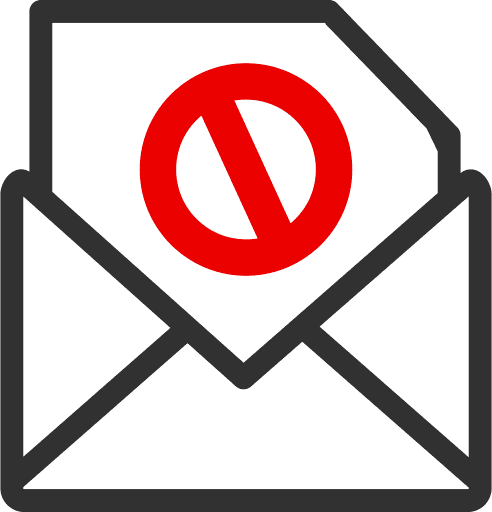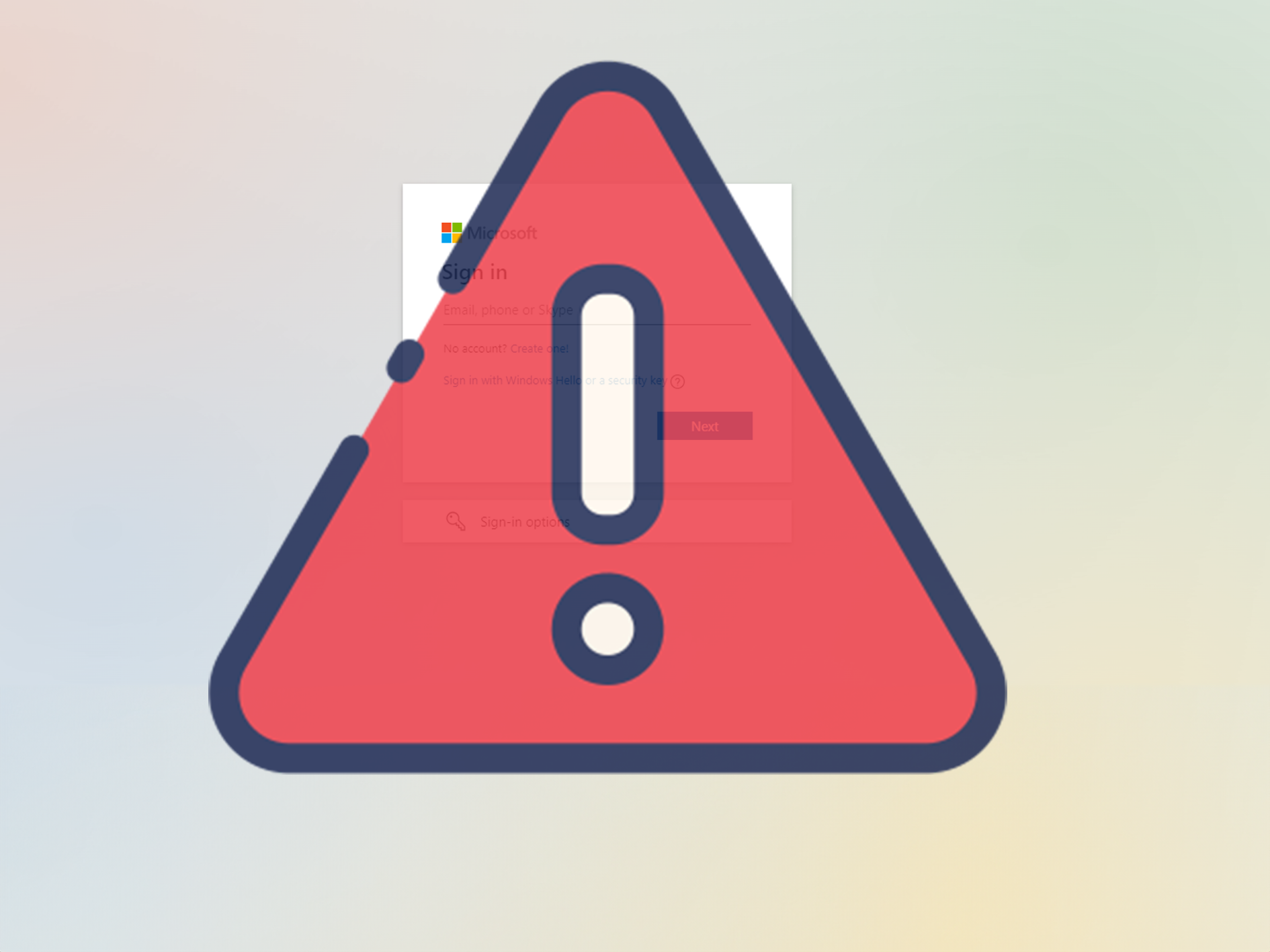Reports published in the UK’s Evening Standard, suggests that Microsoft Outlook’s spam filter may not be functioning as expected. Several users have taken to social media to express their frustrations about an influx of unwanted emails making their way into their inboxes, despite setting their privacy settings to the maximum. These claims come in the wake of the second major disruption that Outlook has experienced this year, following a widespread outage last month.
Outraged users reported on Monday that their email inboxes were being inundated with spam, causing further disruption to the service after the recent outage. One disgruntled user vented on Twitter, “I’m so close to quitting Outlook. The amount of junk mail I’m getting these days is absurd.” Others have even turned off their notifications for the Outlook app due to the sudden surge of unwanted emails.
The increasing number of complaints has led some to speculate that the Outlook spam filter is no longer operating as it should. Sports broadcaster Georgie Bingham echoed these concerns in a tweet, asking if others were experiencing the same issue of receiving junk mail in their inbox even though the filter was set to the highest privacy setting.
Despite the outcry from users, Microsoft initially stated that there was no issue with the Outlook junk filter. However, the company is still encouraging some users to direct message them to discuss the matter further.
Outlook’s spam filter is crucial for many users to keep their inboxes free from clutter and potential security threats. It is turned on by default and set to “no automatic filtering”. Users can make the barrier more aggressive by adjusting the level of protection. This can be done by navigating to the home tab, then junk, and finally, junk email options.
Users can also prevent specific names and web domains from sending emails by adding them to a blocked senders list. This involves going to settings, then view all outlook settings, then mail, then junk email, and entering the email address that they wish to block under block senders before selecting add. The same process can be followed for domains by entering domain names under blocked domains and selecting add. It is important to save any changes made to these settings.
While Microsoft works to address these concerns, users are encouraged to revisit their spam filter settings and make any necessary adjustments to ensure their inboxes remain manageable and secure. As this story continues to unfold, it serves as a reminder of the ever-evolving challenges in maintaining robust email filtering systems in the face of increasingly sophisticated spamming techniques.

